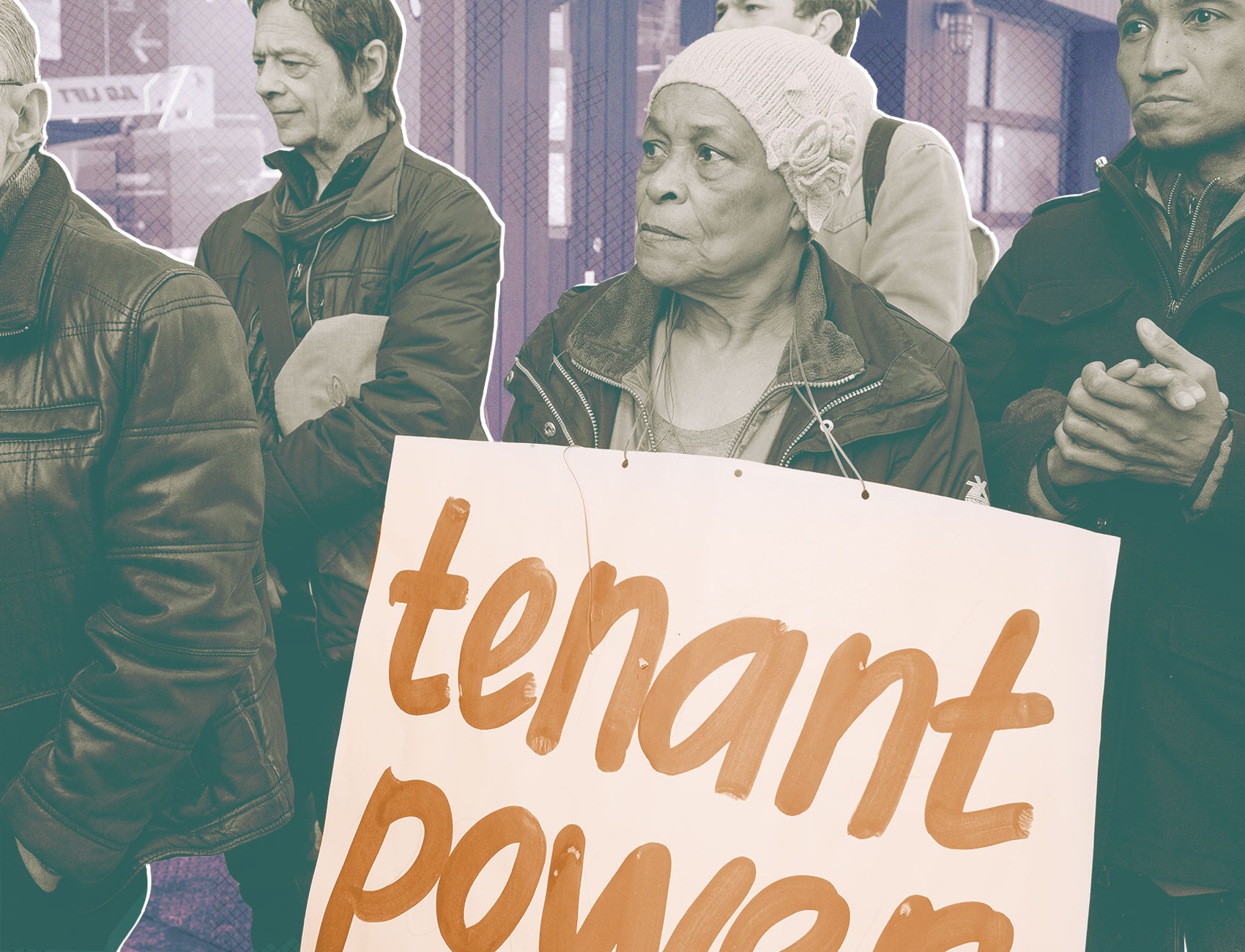Bay Area Residents Are Forming Tenants’ Unions in Response to COVID-19
As millions file for unemployment, tenants are banding together to support their neighbors who can’t pay the rent.

As a statewide shelter-in-place order to slow the spread of COVID-19 has left millions of Californians jobless, Bay Area renters fearing eviction are increasingly joining tenants’ unions.
Over two million California residents filed unemployment insurance claims due to the order, as some jobs cannot be done from home and others are not considered an essential service. In the Bay Area, lost income has motivated many residents to band together, forming tenant unions that work to protect their housing.
The Bay Area Tenant and Neighborhood Councils (TANC), founded about two years ago, says it has seen its membership swell from about 25 members before the shelter-in-place ordinance to around 240 today.
TANC describes itself as an “organization that creates organizers.” The group supports people in the Bay Area who are forming tenant unions, and says it has been in contact with 60 different groups of tenants, some of which have unionized, and some of which are considering organizing for better treatment from their landlords. TANC offers tenants strategic advice about dealing with landlords and helps them research the people who own their buildings.
Jonas, a Bay Area tenant in his mid-40s who has lived in his apartment complex in Alameda for over 10 years, is forming one of these unions. He asked not to be identified by his real name for fear of jeopardizing the unionization efforts.
A neighbor of his in the same complex who is in her mid-70s could no longer afford to pay April’s rent, after her business, which relies on in-person events, dried up as a result of the pandemic.
Jonas works in a tech job he can do from home and can afford his rent, which is around $2,500 a month. But he chose to withhold paying April’s rent to support his neighbor, and has organized with the residents in four of the eight units in his complex, all of which have the same landlord. The group sent a letter to their landlord requesting rent relief for those who need it, and has discussed collectively withholding rent.
“Property owners are always made whole while those whose income streams they depend on are typically neglected when these crises come to pass,” said Jonas. “[As tenants] we need to collectively use our voice and power to negotiate a fair distribution of relief.”
His support makes it harder for his neighbors to be evicted. Lauren Russo, an attorney with Oakland’s Eviction Defense Center, estimates that a Bay Area eviction of one housing unit could cost a landlord about $500, but if a tenant challenges the eviction, the legal fees increase and can cost as much as $15,000. It can quickly become extremely expensive for a landlord to evict a whole union of well-organized tenants. The threat of that cost gives tenant unions in the Bay Area leverage to negotiate.
Jonas said an immediate goal of organizing was rent relief for his elderly neighbor. After meeting with his landlord on a Zoom call, his landlord agreed to cancel his neighbor’s rent for April, cut her rent in half for May, and cut her rent by a quarter for June if Jonas would agree to pay April’s rent in full. Jonas agreed.
Eddie Ytuarte, an organizer with the Oakland Tenants Union, which has recently been working with TANC, said that many tenants aren’t familiar with housing law, and may not know, for example, that their homes are subject to rent control.
The current situation provides an opportunity for tenants to become more active and educate themselves, he said. Local eviction moratoriums will eventually end, but “at least it gives people an opportunity to band together and to work out a solution or to organize on their behalf, because they’re not completely powerless.”
Through research tools TANC made available, Jonas and his neighbors were surprised to learn that their building wasn’t owned by a “Mom and Pop landlord,” but one with assets worth well over $10 million from over 10 different properties.
Toward the end of March, their landlord emailed tenants in the union to emphasize his flexibility with collecting rent in light of the crisis. But Jonas then shared with his neighbors that the email seemed to summarize the bare minimum he was required to do as a landlord to be in compliance with a recent Alameda eviction moratorium ordinance, not demonstrate his magnanimity.
Jonas, who is looking to expand the union, said he’s hoping to get in touch with people at other properties owned by the same landlord and is in talks with two other neighbors in his complex who are considering joining. “I’m willing to share the information that was eye-opening to my neighbors: that our landlord is not a small-time one.”
While COVID-19 will likely cause some landlords to lose money from rent or investment properties, many tenants are at risk of losing shelter, which threatens their survival.
“I want to get us through this crisis, alive, together,” Jonas said.
